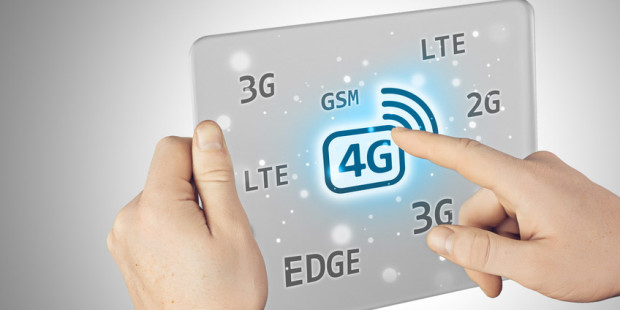We keep hearing about 2G, 3G, and more recently 4G but what they actually mean. Well ‘G’ simply mean Generation of mobile technology. Each higher generation is faster, reliable and secure than its preceding one. Here I will try to differentiate between each.

1. 1G – Analog cellular networks – This was the first generation of mobile telecommunication. It was capable of making simple phone calls.
2. 2G – The second generation of mobile telecommunication. The main difference between 1G and 2G was the radio signals used by 2G was digital and that in 1G was analog. There were three benefits of 2G over 1G
i. The phone conversation was digitally encrypted.
ii. More efficient spectrum allowing greater mobile phone penetration levels.
iii. SMS (short message service) was introduced.
2.5G (GPRS) and 2.75G(EDGE) were other evolution of 2G which provided additional features and were faster.
3. 3G – This generation brought the most services like web browsing, email, video conferencing, picture sharing, social networking at higher speeds. To meet the standards the system is required to provide atleast 200 kb/s. Some companies offered 3.5G and 3.75G which they call mobile broadband with high data transfer rates.
3G networks offer greater security than their 2G predecessors.
WCDMA, HSPA, HSPA+ are evolution of 3G which were amalgamation of several upgrades and provides faster internet services. HSPA+ can provide a speed of 168 Mb/s downlink.
4. 4G – The 4th generation, still in its initial stage and have been introduced in some states in India. It needs to provide at least 100 Mb/s. Two 4G candidate systems are commercially deployed: the Mobile WiMAX standard, and the first-release Long Term Evolution (LTE). 4G is more advanced and is bit faster than 3G but the true 4G is yet to come, when we hear something LTE+ or advanced or version 2.
